
Montreal is now one of the major capitals to host one of the most important Jazz festivals in the world.
This is not a coincidence, but a long tradition: for nearly half a century (1920-1970), Montreal was a nerve center of jazz in North America. The legendary nightlife of the city and the abundance of work it offered attracted musicians from across the North American continent. In places that have now almost all disappeared, Myron Sutton, Johnny Holmes, Oscar Peterson, Louis Metcalf, Steep Wade, Maury Kaye and René Thomas have lived and played.
These are mainly black Americans who came to Montreal in the early 20th century and who have made a significant contribution to North American popular culture. The reason that triggered this phenomenon was first the prohibition and racial segregation in the United States, then the economic boom – especially the rail sector – of Montreal and the Great Depression of the 1930s, the Second World War, the ” cleaning up “the city and the revival of the” civic morality “of the 1950s and, finally, the emergence of Quebec independence.
The success was also due to the proximity of New York City, a long history of coffee culture and nightclubs, a city of gangsters too, as a place of convergence of rivers and railway lines. A multicultural city with a French flair, the daughter of Paris, the first real Canadian city. Each of these elements, as well as others, have contributed to making this place one of the great capitals of jazz.
Noel Thomas has collected testimonies for many years, and the often moving words of the protagonists of the time who still remember.
So, he produced a serie of 5 radio episodes, Showtime!,that he wished to share with the listeners of the 5 continents who listen to Couleurs Jazz Radio. He invites us to immerse ourselves in this world of Montreal today disappeared.
Noel Thomas ©Photo David Saxe.
Michael Pinsonneault, did the sound design for all the episodes.
These programs (in English) will be broadcast from Monday, January 7 on Couleurs Jazz Radio, from midnight, Paris time. Then at different times so that listeners around the world can access them.
You can also find the podcasts of these original programs on the Jazz Radio color website, as well as on the Historians Recount website: http://historiansrecount.ca/
First episode– Preface :« Showtime !Montreal’s Jazz Community– The Nightclubs.
Uptown and downtown nightclubs in the city became legendary starting in the 1920s and 30s, creating atmospheres with their featured big band music and small jazz combos that drew tourists and locals to club-hop, dance or just look on. Historians Recount introduces listeners to the first in a series of unforgettable stories about when the good times rolled in Montreal as jazz music played and the fun went on into the wee hours of the morning.
Second episode is : « Showtime,Montreal’s Jazz Community– Part 1 Bonjour Montréal!
Night life flourished in Montreal throughout the Prohibition era (1920-33) and for decades afterwards. Attracting hordes of tourists that created a market for countless after-dark satisfactions in the city’s hundreds of bars, cafes, restaurants and supper clubs, competition between touring entertainers and local acts was fierce at times, especially for black women who were routinely denied prominent performing jobs in theatres and nightclubs. Depending on the establishment, women faced multiple challenges in their occupations, ranging from long working hours, various forms of abuse from their bosses, unwanted harassment from male patrons, and more.
But the old saying that “the show must go on” was as true then as it always has been, and it certainly did go on in “The City of a Hundred Steeples” during those years. Determined show girls displayed their talents in floorshows, on stage, and at times even off-stage, accepting invitations to join single men at their tables for conversation and a drink as part of their job description. The prolonged and strenuous late-night hours of dance, song and curtain calls seldom deterred Montreal show girls from pursuing their essential quest: providing support for their families and for themselves.
Third episode is : « Showtime,Montreal’s Jazz Community– Part 2- The Show Girls.
Night life flourished in Montreal throughout the Prohibition era (1920-33) and for decades afterwards. Attracting hordes of tourists that created a market for countless after-dark satisfactions in the city’s hundreds of bars, cafes, restaurants and supper clubs, competition between touring entertainers and local acts was fierce at times, especially for black women who were routinely denied prominent performing jobs in theatres and nightclubs. Depending on the establishment, women faced multiple challenges in their occupations, ranging from long working hours, various forms of abuse from their bosses, unwanted harassment from male patrons, and more.
But the old saying that “the show must go on” was as true then as it always has been, and it certainly did go on in “The City of a Hundred Steeples” during those years. Determined show girls displayed their talents in floorshows, on stage, and at times even off-stage, accepting invitations to join single men at their tables for conversation and a drink as part of their job description. The prolonged and strenuous late-night hours of dance, song and curtain calls seldom deterred Montreal show girls from pursuing their essential quest: providing support for their families and for themselves.
Ilène Bourne
Fourth episode is : « Showtime,Montreal’s Jazz Community– Part 3- Making Music.
While Montreal offered plentiful opportunities for musicians during the “Paris of North America” years, there was still considerable competition for the best jobs from out-of-towners, primarily Americans who had gravitated north thanks to the city’s relaxed liquor laws, military staging point, and a comparatively relaxed racial-mixing atmosphere. Camaraderie was the ticket for many jazz players who, unable to afford formal musical training, collaborated with their colleagues to learn and master theory, sight reading and other essential skills.
Join us as Montreal legend Vic Vogel talks about the texture and character of the scene out of which Montreal’s most gifted performers — including the Sealey Brothers and pianist Oscar Peterson — rose to prominence at the time.
Fifth episode is : « Showtime,Montreal’s Jazz Community– Part 4- Sound Solutions.
With more than a thousand entertainment venues to choose from on the island of Montreal alone, audience expectations at the peak of the city’s boom years were high. Stage performers required a combination of confidence, novelty and swing to hold patrons’ attention, with ad-libbing and various tricks of the trade kept in reserve for when situations demanded them. In this SHOWTIME Part 4 episode about the heyday of Montreal jazz, tenor saxophonist Leroy Mason, vocalist Jean Dorsey and pianist Roland Lavallée tell of the versatility that helped them succeed at the time, especially when the unexpected would arise and challenge the smooth flow of their showmanship.
Roland Lavallée, piano


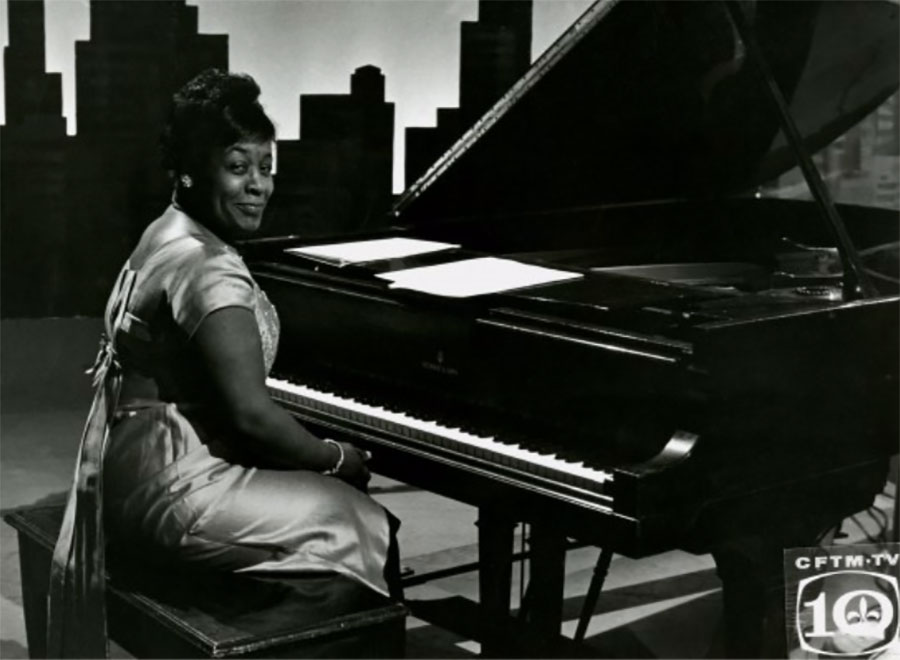








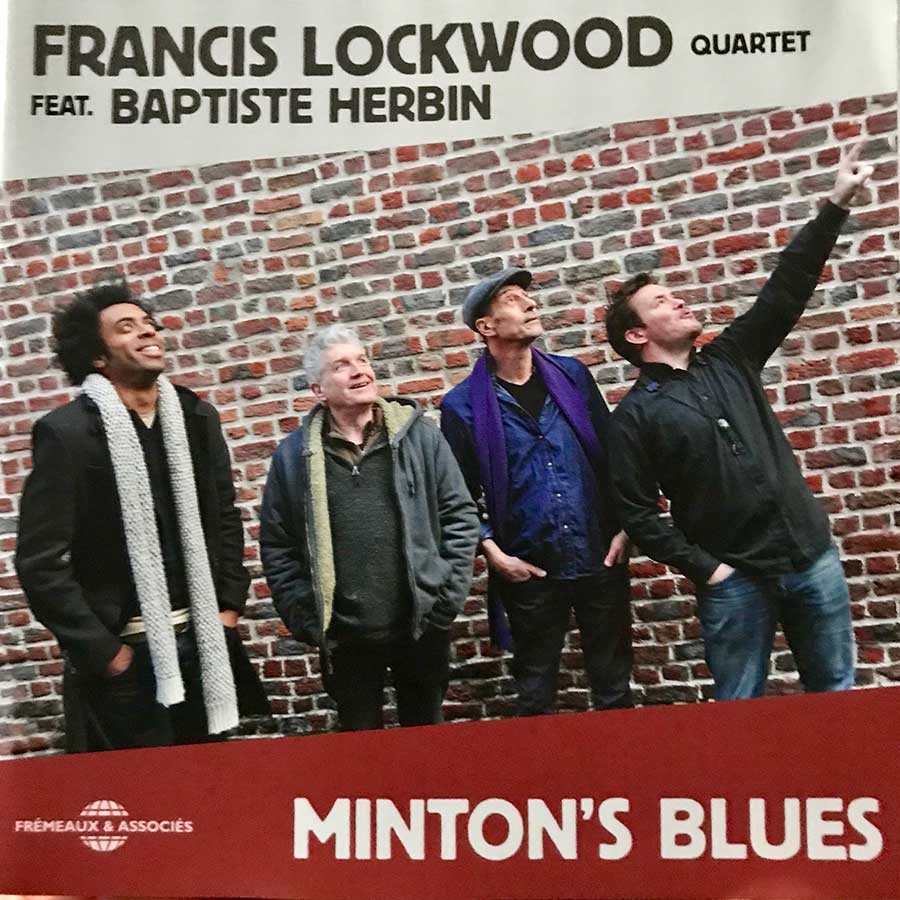

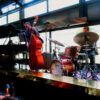
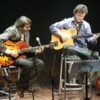



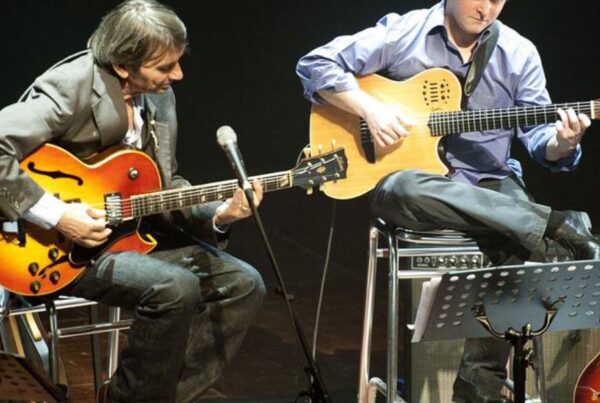
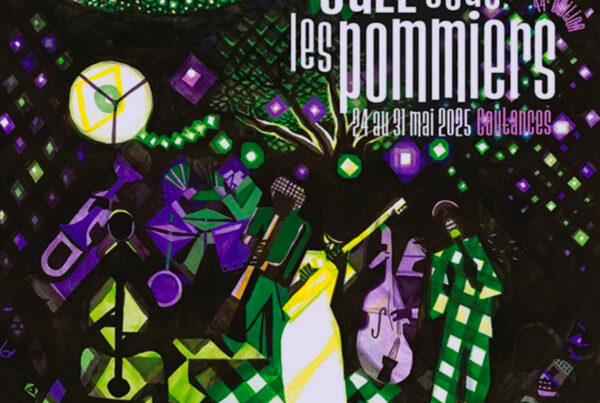



Fantastic! I’m excited, & that’s just from looking at it; can’t wait to listen!